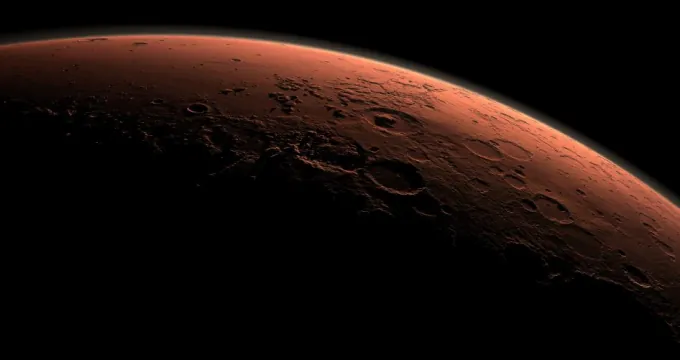
Unveiling Mars: The Visionary Astronomer Who Blended Science and Imagination in the 19th Century
2025-06-09
Author: John Tan
Journey to the Red Planet: A Look Back
In an age where robotic emissaries and human missions to Mars seem like a near reality, it's easy to forget a time when the red planet was shrouded in mystery. Before rockets took us beyond Earth, astronomers leaned heavily on their imaginations to explore Mars—transcending the limitations of their telescopes.
The 19th Century: A Crucial Epoch for Mars Exploration
The latter half of the 1800s was a pivotal moment for Mars. Astronomers were inching closer to unlocking its secrets, yet questions about the existence of life loomed large. With the advent of more powerful telescopes and new printing technologies, they began the ambitious task of mapping Mars, depicting continents and seas, alongside hypothetical features that could suggest life.
Enter Camille Flammarion: The Imaginative Astronomer
Among these forward-thinking astronomers was Camille Flammarion, a Parisian who, in 1892, released "The Planet Mars," a sweeping overview of Mars observations from the time of Galileo onwards. In this groundbreaking work, he meticulously examined 572 drawings of the planet and posited that Mars was not only an Earth-like world but had unique differences that made it equally compelling.
A World of Possibilities Awaiting Discovery
Flammarion speculated that if life existed on Mars, it was more ancient and possibly advanced compared to humanity. He envisioned a future where Martian civilization thrived in peace, a sharp contrast to the chaos of contemporary Earth. "Maybe our neighbors from Mars are wiser and more advanced than we are," he mused, underlining a profound yearning for peace and understanding.
The Thrill of the Unknown
Flammarion firmly stated that the known is just a tiny speck in the vast ocean of the unknown—a sentiment he reiterated in over 70 published works. This allure of the unknown propelled his ambitions as a popularizer of science, seeking to spark curiosity about the universe in the minds of the masses.
Fiction Meets Science: Flammarion's Imaginative Novels
Rather than solely relying on his scientific writings, Flammarion delved into the realm of fiction. In his stories, he traversed Mars in dreamlike journeys, exploring its landscapes and potential life forms firsthand. Distinctively different from contemporaries like Jules Verne, who depicted a technology-driven voyage to the Moon, Flammarion's narratives were steeped in spiritual exploration.
In his 1889 novel "Urania," his soul ventures to Mars, where he reconnects with a deceased friend who has transformed into a celestial being. Flammarion articulated a profound thought: Mars would harbor life forms uniquely adapted to their environment, as cannot be earthly on the Martian surface.
The Vision of a Perfect Society
His imagined Martians lived in a society free from the woes of war and hunger, a reflection of his hopes for his fellow Parisians who suffered greatly during the Franco-Prussian War. Flammarion believed that the advancement of science and astronomy could pave the way for a brighter future, both on Earth and beyond.
Legacy of the Imagination
Today, Flammarion's vision serves as a pivotal reminder that our pursuit of Mars is as much about understanding our own human aspirations as it is about technological advancement. His optimistic worldview continues to inspire a dream of a harmonious existence, inviting us to imagine a future where humanity might join the ranks of his fanciful Martians.



 Brasil (PT)
Brasil (PT)
 Canada (EN)
Canada (EN)
 Chile (ES)
Chile (ES)
 Česko (CS)
Česko (CS)
 대한민국 (KO)
대한민국 (KO)
 España (ES)
España (ES)
 France (FR)
France (FR)
 Hong Kong (EN)
Hong Kong (EN)
 Italia (IT)
Italia (IT)
 日本 (JA)
日本 (JA)
 Magyarország (HU)
Magyarország (HU)
 Norge (NO)
Norge (NO)
 Polska (PL)
Polska (PL)
 Schweiz (DE)
Schweiz (DE)
 Singapore (EN)
Singapore (EN)
 Sverige (SV)
Sverige (SV)
 Suomi (FI)
Suomi (FI)
 Türkiye (TR)
Türkiye (TR)
 الإمارات العربية المتحدة (AR)
الإمارات العربية المتحدة (AR)